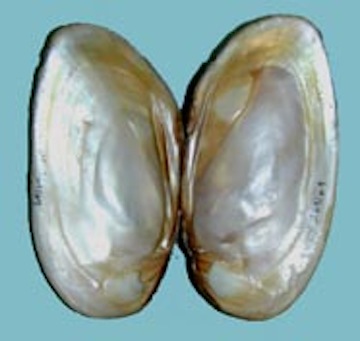330814-glass shells.jpg

A mussel shell showing the mother-of-pearl layer. Credit: National Oceanic and Atmospheric Administration
The shells of oysters, clams, and other mollusks are made mainly of chalk – a mineral that’s brittle and crumbly. Yet the shells themselves are tough – they can protect the critters inside them for years. Engineers have used the secret of those shells to create glass that’s 200 times stronger than normal glass. It has the potential to be used in everything from smartphone screens to windshields.
The secret is mother of pearl – the iridescent coating on the inside of the shells. It’s made mainly of plates of the same chalky mineral as the rest of the shell. The plates lock together like Lego blocks. The boundaries between these blocks are filled with a compound that’s much softer and weaker than the chalk. And oddly enough, that’s what gives the mother of pearl such great strength: The weak layers have enough “give” that they absorb energy – they bend but don’t break.
Researchers at McGill University in Montreal used that same approach to make a stronger glass. They used a laser to etch grooves in glass slides. The grooves formed curved lines, like those on the edges of pieces of a jigsaw puzzle. The grooves create a weak boundary, just like the filling between blocks of chalk in mother of pearl. These regions channel energy along the grooves so that it doesn’t move deep into the glass. As a result, the glass bends without breaking.
The work could lead to shatter-resistant kitchenware, window panes, and many other products – all inspired by beautiful but tough mother of pearl.

